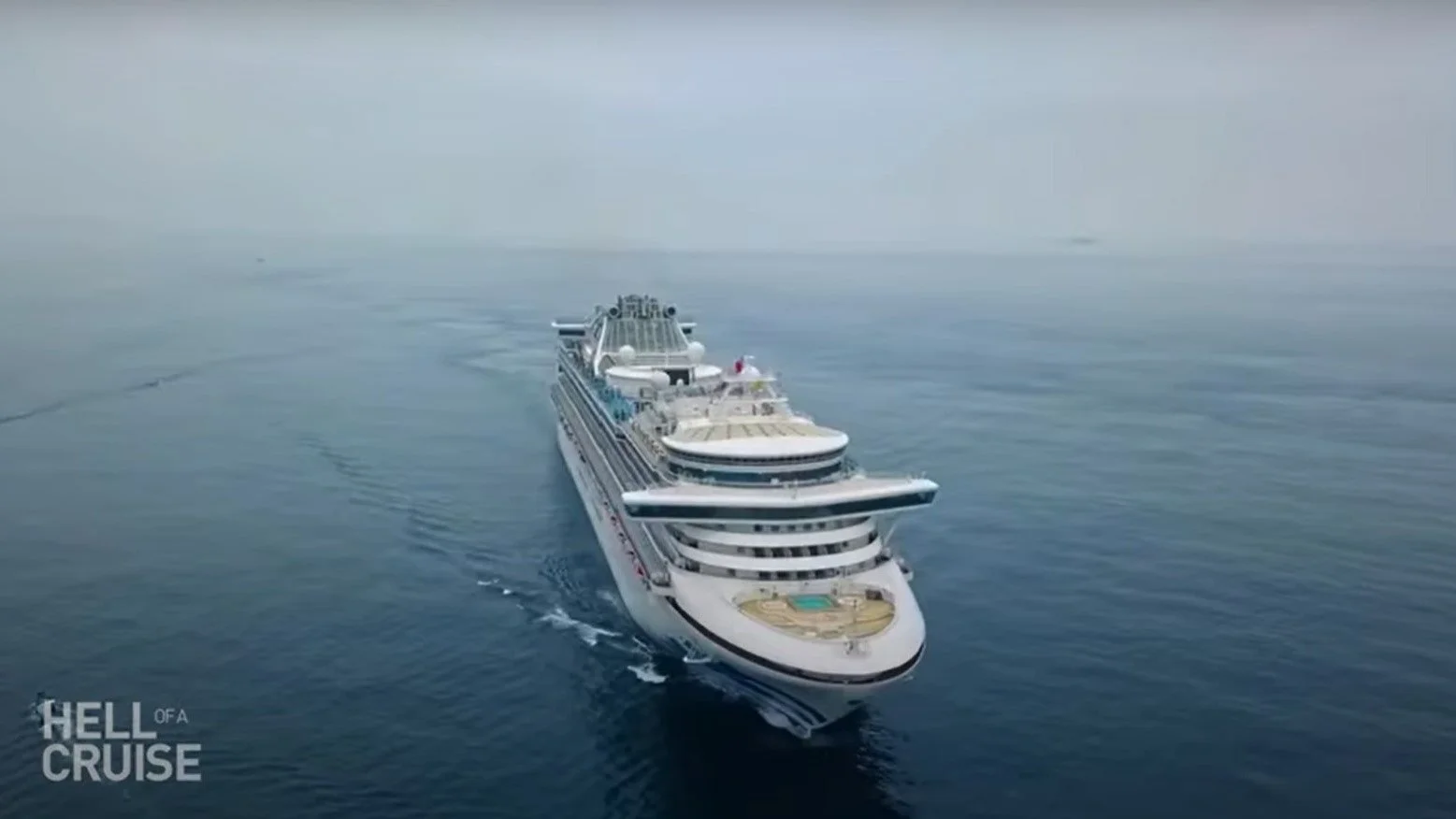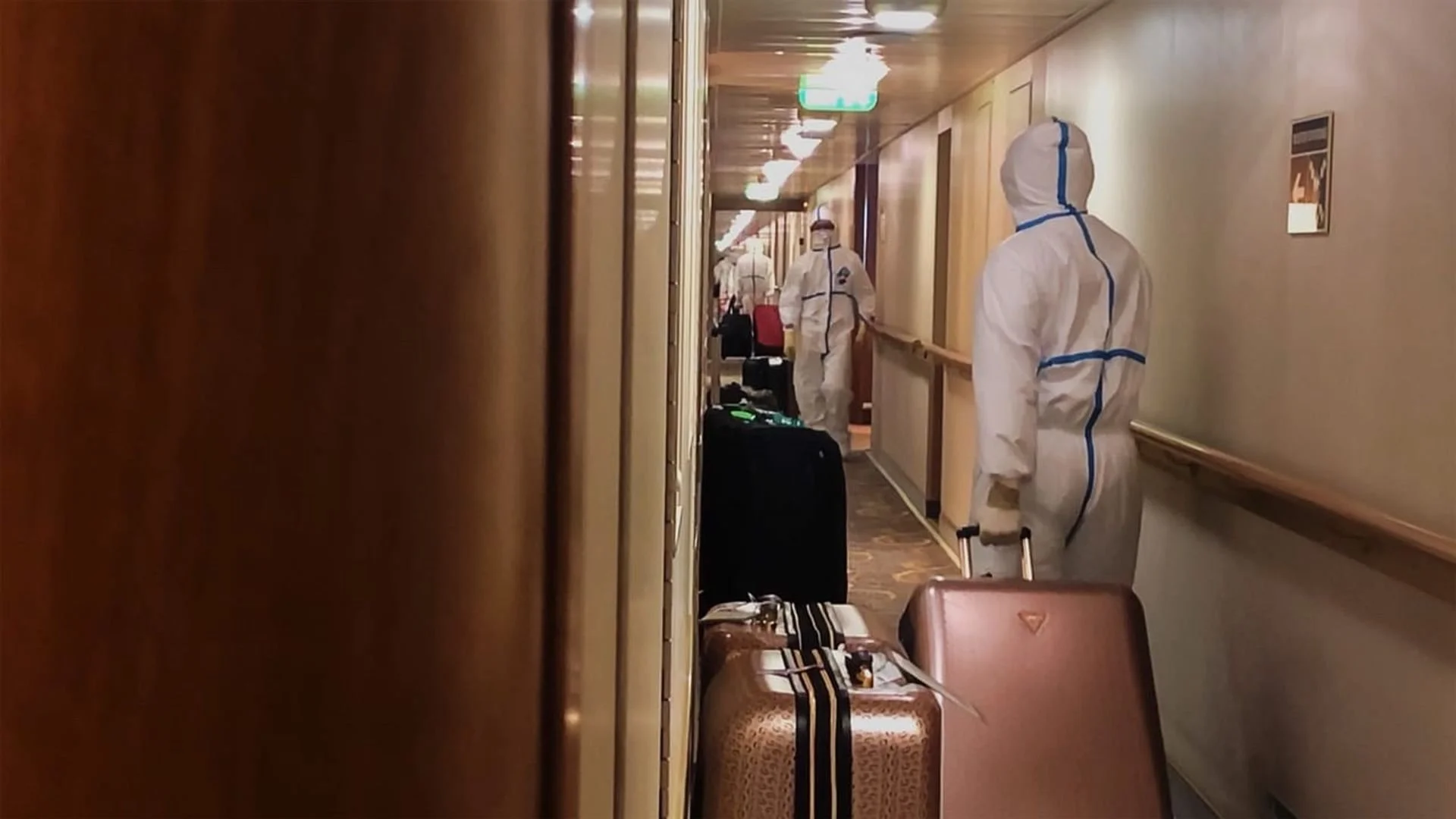Not So Smooth Sailing
In Hell of a Cruise, Director Nick Quested presents a harrowing story from the early days of the Covid-19 pandemic when an outbreak of the deadly virus erupted aboard the luxury liner Diamond Princess, turning a trip of a lifetime into a prolonged nightmare. A co-production of Goldcrest Films and MATTE Projects, the film employs never-before-seen footage from the ship’s passengers to explore what went wrong and why, one week later, other cruise ships set out to sea, only to fall prey to the same fatal sequence of events.
Sound post-production for the film was centered at Goldcrest Post where Supervising Sound Editor/Re-Recording Mixer Tim Obzud was given the novel task of building a soundscape for a film that uses dramatic narrative techniques to tell a real-life story. “It steers a fine line between nonfiction documentary and cinematic thriller,” Obzud says. “Nick’s direction to me was that, while the film centers on real events, it’s meant to provoke certain emotions and keep audiences on the edge of their seats.”
Much of the film’s source material was captured by the passengers themselves with their cellphones. The spur-of-the-moment nature of the cellphone recordings underscore the fact the film is depicting real events, while highlighting the contrast between the carefree, holiday trip passengers were expecting, and the horror show they find themselves in.
However, using the cellphone recordings in the soundtrack was challenging. The quality was not up to theatrical standards and the recordings became increasingly fragmented and raw as events aboard the ship spun out of control. And yet, according to Obzud, their crude nature ultimately proved to be an asset. “The iPhone recordings capture the fear and isolation aboard the ship,” he explains. “So, we tried to maintain that quality as much as possible, enhancing them just enough to make them clear, and complementing them with a bare minimum of sound design and background ambience. When we’re in a cabin, it’s very, very quiet.”
The sound environment is dramatically different in scenes set in other parts of the ship or the world beyond. Before the virus breaks out, passengers are seen laughing in corridors and partying in the cacophonous dance hall. Later, the aural atmosphere becomes more ominous as medical personnel shuffle about the ship in hazmat suits and ambulance sirens rise from the streets below. “In one scene, a passenger walks through the ship making a point-of-view recording,” notes Obzud. “That was an opportunity for us to inject sound design elements like the creaking of the ship to enhance the feeling of dread.”
Hell of a Cruise does a masterful job in capturing the chaos and panic that characterized the early days of the pandemic, and the ineffectual response of government, industry and health care providers. Of the more than 3,700 people on board the Diamond Princess, sone 700 eventually test positive for covid-19 and 13 died. Still, the film ends on a surprisingly resilient note. Months after the ill-fated cruise, Quested interviewed passengers and asked them how the experience affected their feeling about cruise ships. Many couldn’t wait to climb aboard again.
Hell of a Cruise is now available for screening on Peacock.


